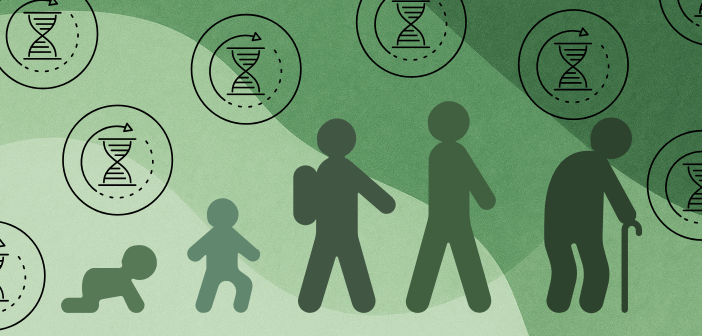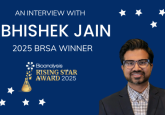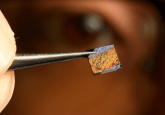The NAD dash: inside the molecule making longevity a measurable science

A once-obscure molecule is stepping into the spotlight as a new technology makes measuring NAD (nicotinamide adenine dinucleotide) possible outside research labs, welcoming smarter therapies, clearer diagnostics and fewer anti-aging shots in the dark.
A global race has begun.
The finish line?
To accurately measure NAD, a molecule that plays a key role in cellular metabolism, repair and pathways that modify aging.
This destination is getting closer as breakthroughs in enzymatic assay technology and metabolomics bring lab-grade testing into mainstream healthcare and consumer diagnostics. One of the frontrunners of this race is the University of Helsinki’s spin-out biotech company, NADMED (Helsinki, Finland). The company have recently developed the first CE-marked clinical test (Q-NADMED) able to independently measure all four forms of NAD (NAD+, NADH, NADP+ and NADPH), initiating a shift towards commercializing NAD testing.
The Q-NADMED Blood kit is an in-vitro diagnostic device that quantitatively measures NAD+ and NADH metabolite concentrations in human whole blood samples. It serves two main purposes: detecting systemic changes in these metabolites to assess health status, and monitoring levels in patients receiving NAD precursor treatments. The kit works by using a cyclic enzymatic reaction with colorimetric detection, where extracted and stabilized blood samples produce a color change proportional to NAD+ concentration. Capable of analyzing 40 samples, the kit enables healthcare professionals to make evidence-based decisions about NAD precursor supplementation by identifying declining NAD+ levels that signal metabolic dysfunction and disease progression.
“Accurate NAD measurement opens the door to better clinical decisions, personalized wellness strategies, and more responsible product development. The field is moving from assumptions to measurable biology,” explained Jari Närhi, CEO of NADMED.
You may also be interested in:
- 1M PMI: The launch event of the most ambitious study of human health in history?
- Hidden biomarkers uncovered for diabetes early warning signs
- A new blood test for chronic fatigue syndrome: fatigue finally figured out?
Could this molecule represent the golden days?
NAD is vital for energy metabolism, DNA repair and healthy aging. Precise measurement of NAD can provide insights into how the body maintains energy production, repairs DNA, and combats stress, which are key factors in combating age-related conditions and enhancing overall well-being. Low levels are linked to fatigue, metabolic disease and age-related decline, making its reliable measurement a long-missing piece of the health-and-youth puzzle.
As NAD supplements, IV drips and “cellular youth” serums flood a multi-billion-euro market, clinicians and consumers alike have faced one persistent problem: you couldn’t actually measure the stuff, at least not without a PhD, a mass spectrometer and a very steady hand.
NADMED’s assay promises to change that by protecting fragile reduced molecules, avoiding the degradation that has previously limited mass spectrometry and earlier assays.
NAD measurement applications extend significantly beyond traditional healthcare. In pharmaceuticals and drug development, companies utilize NAD assessment for metabolic profiling, patient stratification and clinical trial optimization, as NAD ratios provide critical insights into mitochondrial function and redox balance that influence drug efficacy and toxicity. Clinical practice and healthy aging medicine also increasingly relies on NAD monitoring to evaluate chronic fatigue, metabolic disorders, neurological conditions and mitochondrial health, with NAD serving as a biomarker for personalized supplementation strategies and biological aging assessment.
“The future of health isn’t about taking more; it’s about knowing more. Measuring NAD gives us clearer insight into how we live, age and recover and that knowledge unlocks enormous potential across medicine and wellness,” commented Närhi.
From drug trials to personalized longevity plans, accurate NAD testing could turn the science of aging into something far less mysterious and far more measurable. After all, when it comes to living longer, knowledge may be the ultimate spring chicken.





